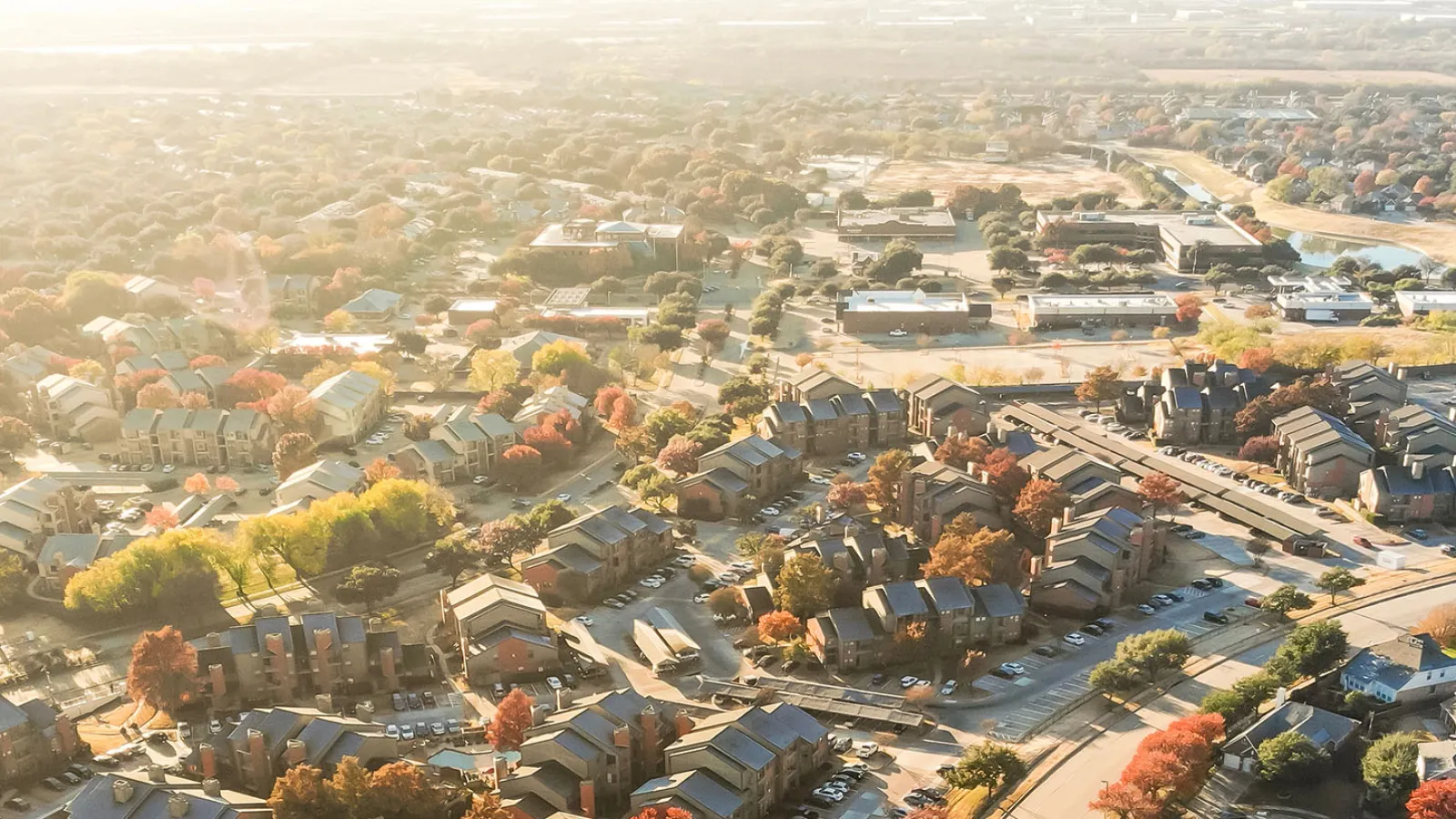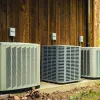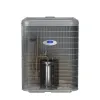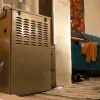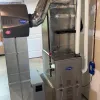In one sense, HVAC zoning has been around since people started heating and cooling indoor spaces. In winter, you only turned on the radiator in rooms you were using. In summer, you only turned-on
AC window units in rooms where people were sleeping. And so on.
But when it comes to zoning central heating and air systems, things get trickier.
Larger, newer homes often have multiple systems connected to different ductwork. However, many homes were built to accommodate only one system. In two-story homes, a lack of zoning can lead to hot upstairs rooms in summer and cold downstairs rooms in winter. It can be hard to achieve consistent comfort!
The good news is that you can add zones to your existing system, even if you just have a single air handler or furnace connected to a single compressor or heat pump. The bad news? You might need to wait until you’re ready to replace your equipment.
Do you have questions about zones for your Atlanta area home? Maybe you’re just wondering how to achieve consistent temperatures on your first and second stories. Our team can help!
Adding zones when you have standard HVAC equipment
Let’s say you live in a two-story home without any zoning. During the summer, it’s always nice and cool downstairs. That’s where the thermostat is, so you can feel confident that the ambient temperature will match what’s on your thermostat.
Upstairs… not so much.
Thanks to the reverse stack effect – not to mention warmer air rising from your downstairs living room to your upstairs bedrooms – upstairs temperatures can be 3 to 7 degrees warmer than the number on your thermostat. If you want the temperature in your bedroom to be 75 degrees at night, you might have to lower your thermostat to 68 degrees!
To fix the problem, you decide to add two zones to your existing system, one for upstairs and one for downstairs. But you’re using a “standard,” single-stage air conditioner with a single-speed blower. It’s the kind that either runs at full blast or not at all. Given your equipment, here are some things to keep in mind before moving forward:
- Installing dampers inside your ducts is the most common way to add zones to an existing system. However, your blower can only operate at 100% capacity. The static pressure will be too intense for just the ductwork associated with a single zone (50% or so of your total ductwork). You’ll need a way to redirect the excess air.
- To deal with the excess air produced by your HVAC equipment, you’ll probably need a bypass duct that connects your supply air to your return plenum. The zone calling for air will receive sufficient cooling for the associated space, and any excess air will enter the bypass duct.
- Now you’re sending cool air back into the return, which makes your evaporator coil get colder. A colder evaporator coil is a less efficient evaporator coil.
- Even when you’re cooling your entire house, the bypass duct will siphon air from the supply. You’ll make your air handler work harder.
You’ll end up with two zones, but you’ll also lose efficiency and put more wear and tear on your equipment. That’s why it’s better to add zones when you have a variable speed blower and variable speed outdoor unit.
Adding zones with variable speed equipment
Unlike standard, “one-speed-fits-all” equipment, variable-speed systems match the cooling or heating load for a given zone. In other words, you won’t have to worry about excessive static pressure in your ductwork.
And you won’t have to install that pesky bypass duct.
All in all, opting for variable speed equipment is the best way to optimize value and comfort when adding zones:
- An HVAC technician will still install dampers inside your ductwork. However, they won’t need to add a bypass duct since the equipment sends a smaller volume of air when a zone calls for it.
- Since you won’t have the bypass duct, you won’t have to worry about an inefficient evaporator coil or “stolen” air being routed to the return plenum.
- Regardless of how many zones you add, be sure the smallest zone only accounts for 30 to 35% of your compressor or heat pump’s capacity. That way, your equipment will be capable of responding to calls from different zones and meeting the cooling or heating load.
You’ll also enjoy all of the efficiency and comfort gains from variable speed equipment, including longer, more consistent heating and cooling and better dehumidification during the humid months.
Is zoning the best way to solve comfort problems?
Adding a zone or two is a smart choice on some occasions, but not always. You should only add zones if you’re still not comfortable after optimizing the building envelope. In other words, seal air leaks and increase insulation first. You might solve your comfort problem without modifying ductwork or HVAC equipment!
The best way to find out whether zoning is a good idea is through a home assessment from a Building Performance Institute-certified auditor. You’ll find out whether your home is “leaky” and position yourself to make the smartest possible improvements.
After that, you might still want to add zones – and that’s fine! If you can hold out until it’s time to replace your HVAC system, variable speed equipment provides a more effective, efficient zoning experience.
